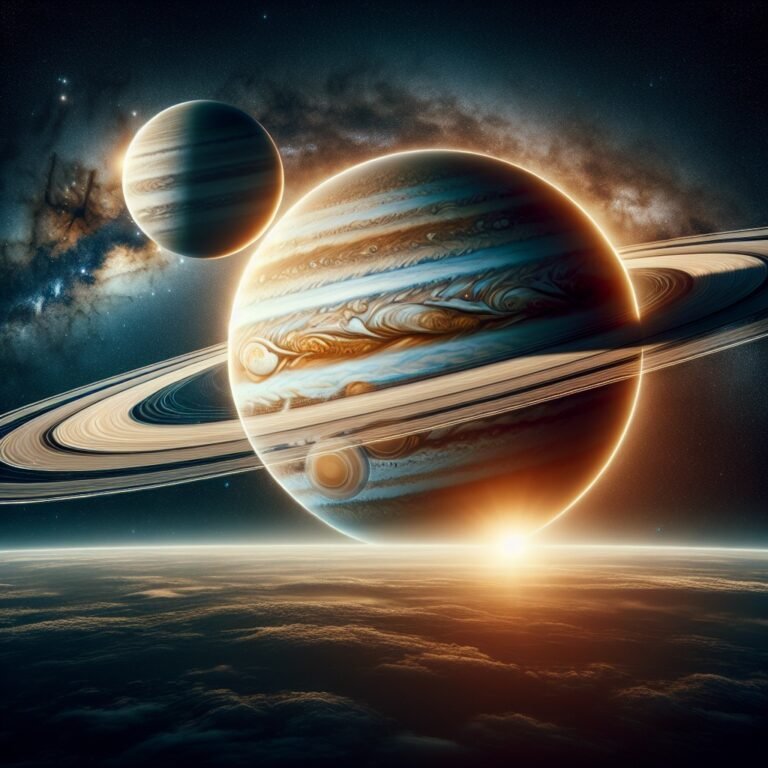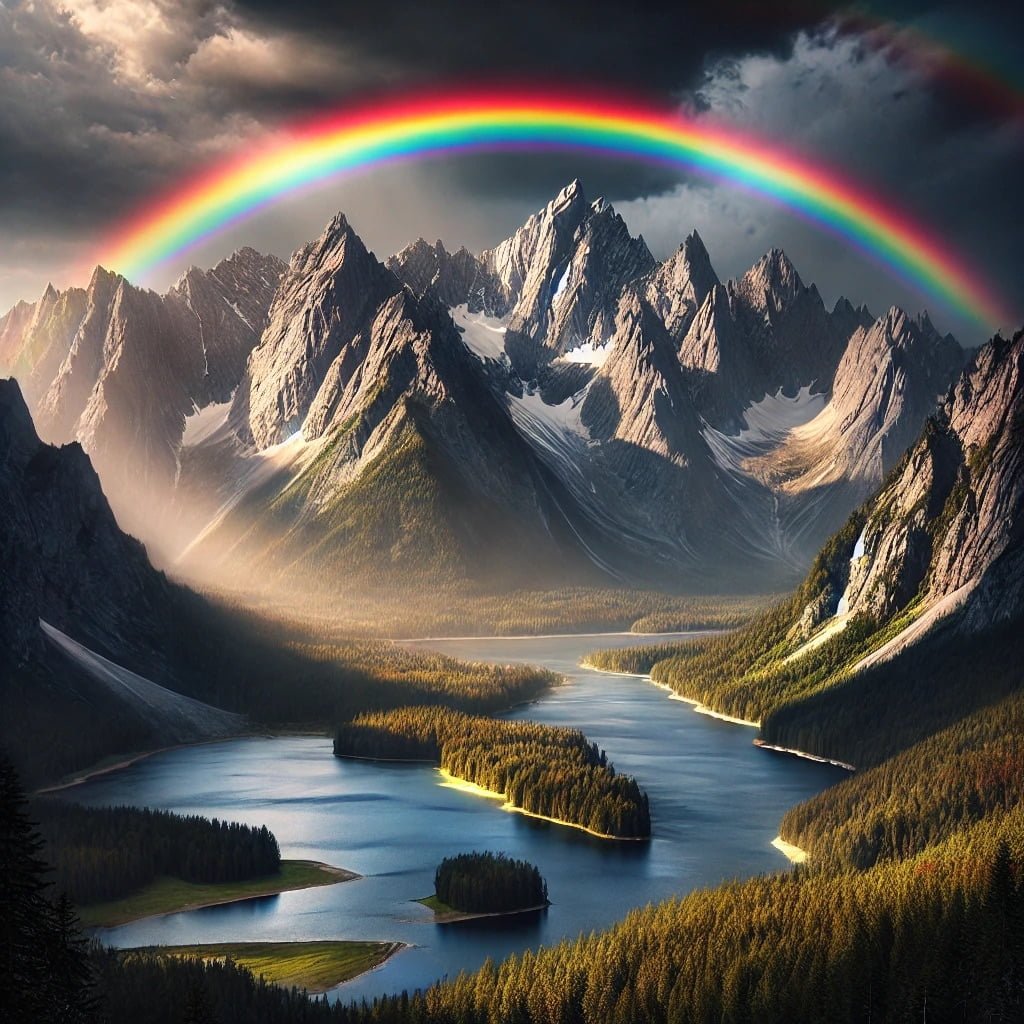The planets in our solar system are fascinating in their diversity, especially when it comes to their sizes. But which planets are the biggest?
Answer
The biggest planets in our solar system are Jupiter and Saturn, with Jupiter being the largest by far.
Answer for Younger Kids
Jupiter is like the giant of our solar system, and Saturn is also pretty huge!
Answer for Older Kids
Think of Jupiter as a massive ball of gas, so big that more than 1,300 Earths could fit inside it! Saturn comes next in size, famous for its stunning rings and being almost as big as Jupiter.
Detailed Explanation
When we talk about the largest planets in our solar system, Jupiter undeniably takes the crown. Jupiter’s diameter is about 142,984 kilometers, making it more than 11 times wider than Earth. An important fact about Jupiter is that its immense size contributes to its strong gravitational pull, which helps it capture and maintain many moons and other celestial objects in its orbit.
Jupiter: The Giant Among Giants
- Size and Composition: Jupiter is primarily composed of hydrogen and helium, similar to a star. However, it did not accumulate enough mass to ignite nuclear fusion and become a star.
- Interesting Facts: Jupiter has a Great Red Spot, a massive storm larger than Earth, which has been raging for at least 400 years.
Saturn: The Ringed Beauty
Following Jupiter, Saturn is the second-largest planet in our solar system, with a diameter of about 120,536 kilometers. Saturn is best known for its spectacular ring system, composed of ice and rock particles. Like Jupiter, Saturn is also a gas giant and shares a similar composition of hydrogen and helium.
Saturn’s rings are its most distinctive feature, and they extend over 280,000 kilometers from the planet, showcasing the dynamic and varied nature of our solar system.
Conclusion
Understanding the biggest planets, Jupiter and Saturn, gives us a glimpse into the fascinating and diverse nature of our solar system’s celestial bodies.
FAQ
Q: Are Jupiter and Saturn the only gas giants in our solar system?
A: No, Uranus and Neptune are also gas giants, though they are smaller than Jupiter and Saturn.
Q: How many moons does Jupiter have?
A: As of now, Jupiter has 79 known moons, with Ganymede being the largest.
Q: Can Jupiter become a star?
A: No, Jupiter does not have enough mass to trigger nuclear fusion and become a star.
Q: What are Saturn’s rings made of?
A: Saturn’s rings are made up of ice, rock, and dust particles.
External Sources
Learn more about the biggest planets from NASA Solar System Exploration and Space.com.




